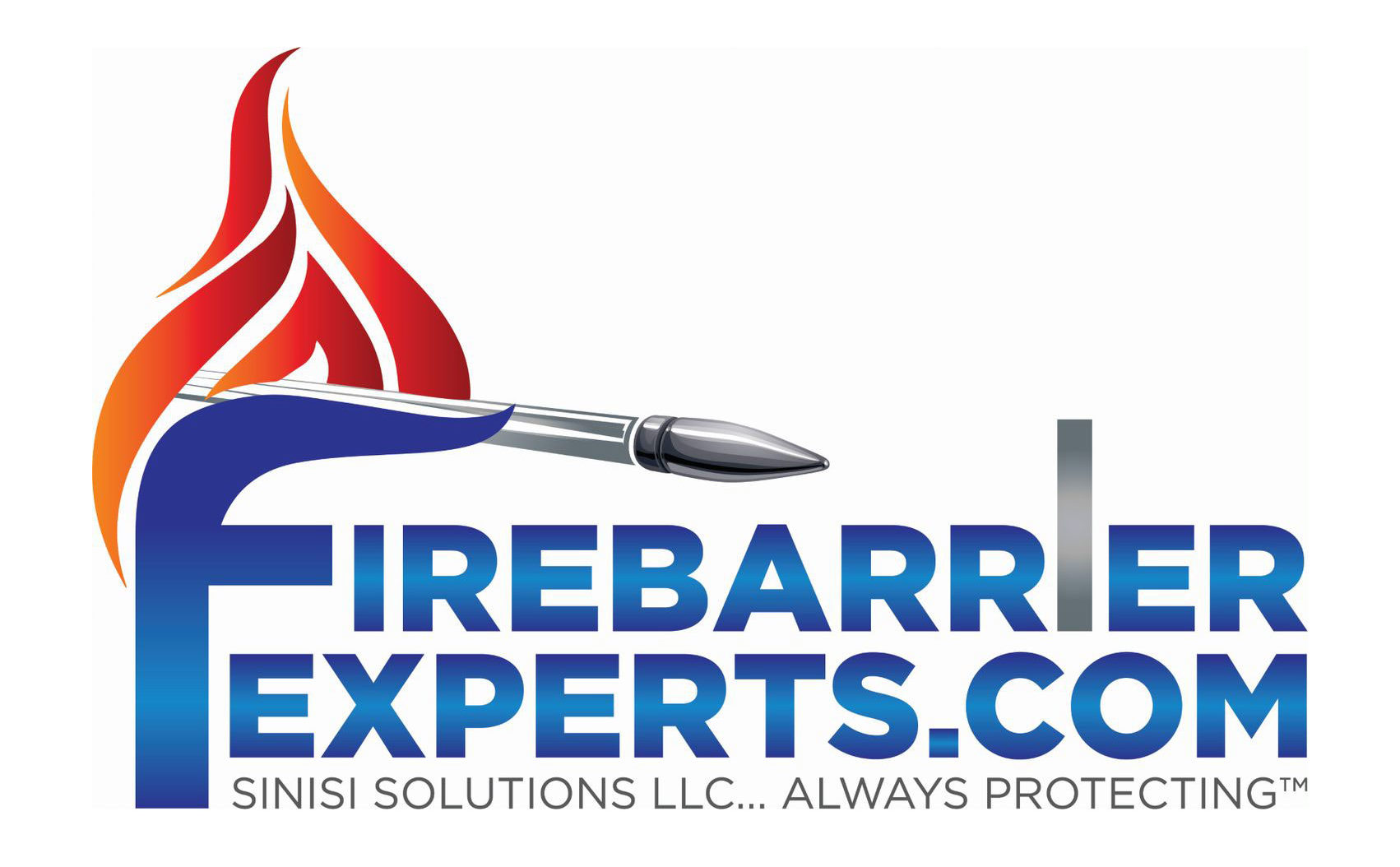Why Fire Barriers Are An Ideal Solution For California

California’s rules on what materials you can use and how you can use them for fire prevention are currently evolving and changing. It has impacted how fire protection and preservation of critical infrastructure is planned out in the state.
Fire Fighting Foam
Aqueous film forming foam (AFFF, or alcohol resistant AR-AFFF) is a highly effective foam used for fighting high-hazard flammable liquid fires. AFFF is usually created by combining foaming agents with fluorinated surfactants. Per- and polyfluoroalkyl substances (PFAS) are the active ingredient in these fluorinated surfactants. When mixed with water and discharged, the foam forms an aqueous film that quickly cuts off the oxygen to a flame, extinguishes the fire, and stops the fire from relighting.
California has just recently banned PFAS firefighting foam which will go into effect in 2022. PFAS chemicals, which have turned up in drinking water in cities across the US, have been linked to non-Hodgkin’s lymphoma and kidney, testicular, prostate, breast, liver, and ovarian cancers.
The new law also requires those selling firefighting gear to notify purchasers whether the protective equipment contains added PFAS. Fluorinated compounds in water-resistant textiles that firefighters wear break down over time and could expose these first responders to PFAS.
Concrete Walls
The use of brick & concrete in California is limited as per California building codes. In Chapter 7 of the California Building Code, structural elements of plain concrete are prohibited in structures assigned to Seismic Design Category C, D, E or F. 18.2. 1.6 – Structural systems designated as part of the seismic force-resisting system shall be restricted to those permitted by ASCE 7.
The fact that California has a larger amount of earthquakes means that regular use of concrete for buildings and fire protection cannot be used. On top of that, concrete is not the most effective barrier for fire stopping.
Spreading Of PCB Chemicals In The Environment
In California, PCBs are regulated by both state and federal rules under the Resource Conservation and Recovery Act (RCRA) and the Toxic Substances Control Act (TSCA). TSCA prohibited further manufacture of PCBs in the United States because they are classified by EPA as persistent, bioaccumulative, and toxic compounds.
When a transformer fire occurs at a substation, sprinklers are often set up to put out the fire and prevent spread. The problem with this method however, is that the water from the sprinklers can spread dangerous chemicals into the ground and environment, including PCB laden oil. If the substation is located near a waterway, this is an environmental disaster.
Why Fire Barriers Are The Ideal Choice For California
The use of Fire Barriers is the perfect solution to all of the issues previously mentioned. When a fire happens at a substation that is divided with Sinisi Fire Barriers, the fire at the current transformer doesn’t need any sprinklers, foam or “any” method to put it out. The fire just simply burns out, while the other transformers are protected. No dangerous chemicals are released into the ground or waterways, and all regulations are easily adhered to. The usage of water sprinklers or foam is now unnecessary with the installation of Fire Barriers.
Fire Barriers from Sinisi Solutions are an ideal solution for situations where you need to protect buildings or transformers from the spread of fire. These barriers are rated for fire, seismic resistance and wind. Our barriers also protect from explosions, arc flash, ballistics, and can reduce noise levels in populated areas. It’s no question that critical infrastructure protection in California can rely on us and the use of Fire Barriers for the foreseeable future.
